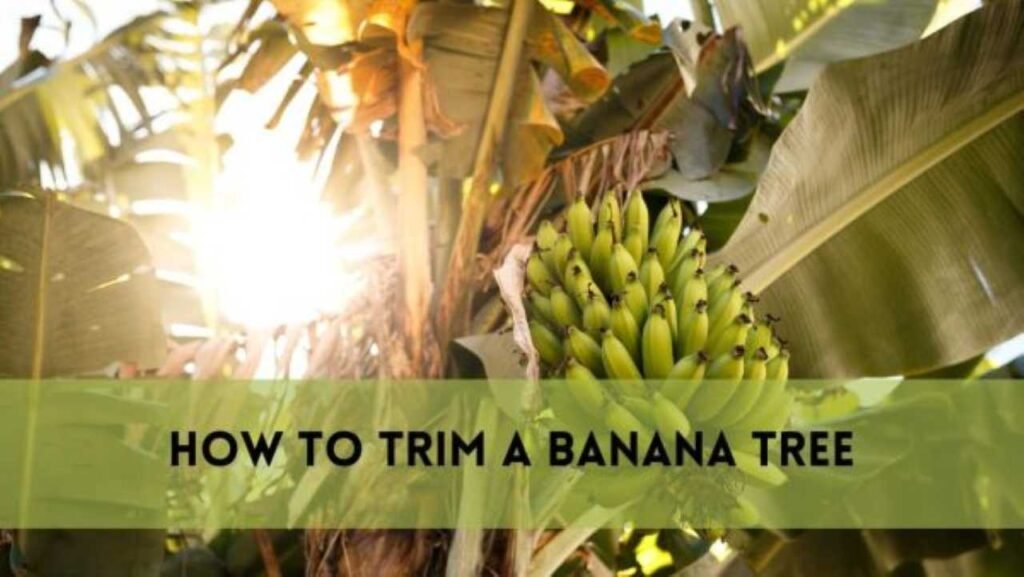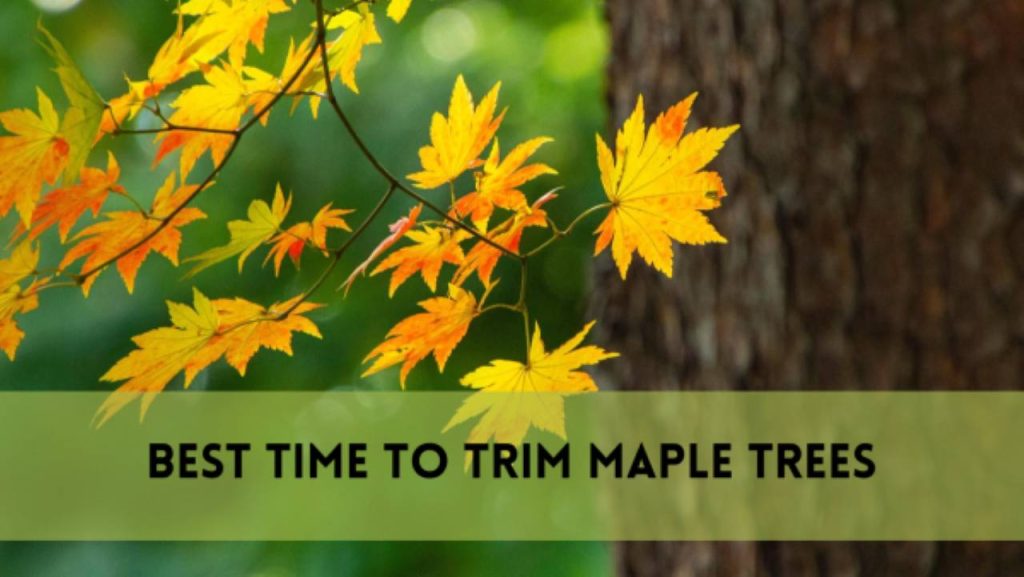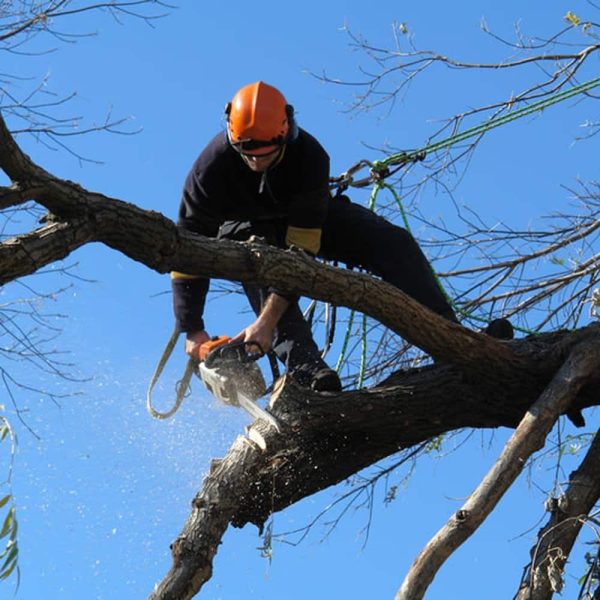The Palo Verde tree, a symbol of the arid southwest, is noted for its striking green bark, vivid yellow blooms, and extraordinary tenacity. Trimming a Palo Verde tree is an important part of its care and upkeep. In this thorough tutorial, we will go further into the art of Palo Verde tree pruning, including insights, techniques, and professional suggestions to guarantee that your tree flourishes in the harsh desert terrain.
What is a Palo Verde Tree?
Palo Verde trees, native to the deserts of the southwestern United States and Mexico, are a symbol of endurance and energy. The term “Palo Verde,” which translates to “green stick” in Spanish, alludes to its distinctive green bark. This unique adaptation permits these trees to photosynthesize long after their leaves have fallen.
The Advantages of Trimming a Verde Tree
- Regular pruning maintains the tree’s shape and appearance, making it an attractive addition to your landscape.
- Trimming removes dead or diseased branches, reducing the risk of infections and promoting overall tree vitality.
- Proper pruning allows better air circulation through the canopy, reducing the risk of fungal diseases.
- Trimming prevents the tree from becoming too top-heavy, reducing the risk of branches breaking during storms.
- Pruning stimulates the growth of fresh branches and leaves, leading to a healthier, more vibrant tree.
- Removing weak or overgrown branches can make the tree safer for people and property.
- Regular trimming contributes to the tree’s longevity, allowing it to thrive for years to come.
When to Trim a Palo Verde Tree?
Seasonal Palo Verde Tree Trimming
The timing of Palo Verde tree pruning is critical. Trimming these trees is often advised in late winter or early spring, when they are dormant. Trimming during this time period reduces stress on the tree and prepares it for rapid regrowth once the growing season begins.
Summer Trimming
Avoid cutting Palo Verde trees during the hot summer months. The extreme desert heat can stress the tree, making it more susceptible to diseases and other environmental stresses.
Tools and Equipment
Before you embark on the journey of Palo Verde tree trimming, make sure you have the right tools at your disposal. These may include:
- Pruning shears: for precise and clean cuts
- Loppers: ideal for thicker branches that require more leverage.
- Pruning saw: necessary for larger branches
- Safety Equipment: Always prioritize your safety with gloves, safety glasses, and appropriate attire.
How to Trim a Palo Verde Tree?
Pruning Dead Branches
Your pruning adventure begins with the removal of dead or unhealthy branches. This process is critical not only for the overall beauty of the tree but also for preventing the spread of illnesses and pests.
Making the Canopy
Trimming the canopy is an important aspect of keeping the Palo Verde tree in shape. The objective is to keep the tree balanced and prevent it from becoming too heavy. Make clean, diagonal cuts to eliminate branches that interfere with the tree’s shape.
Avoid Over-Pruning
While pruning has various advantages, it is critical not to overdo it. Over-pruning can cause substantial stress on the tree, limiting its development and health. Make certain that your pruning efforts are prudent and well-thought-out.
Correct Branch Angle
When you engage in pruning, remember to maintain a U-shaped angle where branches meet the trunk. Avoid creating V-shaped angles, as they tend to be structurally weaker and more susceptible to splitting under the weight of branches.
Tips
Trimming a Palo Verde tree requires finesse and care. When pruning, always begin by removing dead, diseased, or crossing branches to improve air circulation and overall tree health. Focus on shaping the canopy to maintain the tree’s balance and prevent it from becoming too heavy.
Use sharp, clean pruning tools to ensure precise cuts, and remember to maintain a U-shaped angle where branches meet the trunk for structural integrity. Avoid over-pruning, especially during the scorching summer months, as excessive trimming can stress the tree. By following these tips, you can keep your Palo Verde tree healthy, vibrant, and beautifully shaped.
Safety Guidelines
When cutting a Palo Verde tree, safety comes first. Here are some general guidelines:
Wear safety equipment: To protect yourself from thorns and debris, always wear safety glasses, gloves, and proper clothes.
Use Quality Tools: To ensure clean cuts, make sure your pruning tools are sharp and well-maintained.
Avoid Overhead Power Lines: Keep a safe distance from power lines to avoid accidents.
Sturdy Ladder: If you require a ladder, make sure it’s sturdy and on a level surface.
Collaboration is required. In an emergency, having someone nearby can be crucial.
Observe Proper Technique: To avoid injury, learn and employ proper pruning practices.
Stay Hydrated: The desert heat may be harsh, so drink lots of water to remain hydrated.
Consult a Professional: If you’re hesitant or dealing with a huge tree, consider hiring a professional arborist.
FAQS
Q: What distinguishes Palo Verde trees from others?
Palo Verde trees, with their green bark and tenacity, are ideally suited to arid conditions. They may photosynthesize through their bark, even without leaves.
Q: Why is it vital to prune Palo Verde trees?
A: Trimming improves tree health, preserves form, and reduces storm damage.
Q: When is the optimum time to prune a Palo Verde tree?
Late winter or early spring, during the dormant season, is optimal for minimizing stress on the tree.
Q: Why should I avoid summer trimming?
A: Summer heat can stress the tree and make it more susceptible to illness.
Q: What tools do I need for trimming?
A: Pruning shears, loppers, a pruning saw, and safety gear are essential tools.
Conclusion
Trimming a Palo Verde tree properly is critical for its health and attractiveness. You can guarantee your tree thrives in the arid terrain by following seasonal scheduling and utilizing the proper equipment and procedures.




